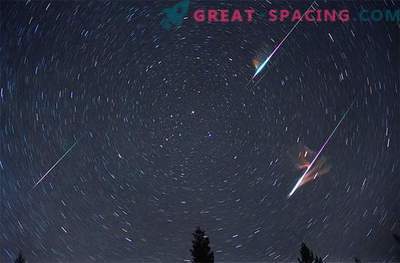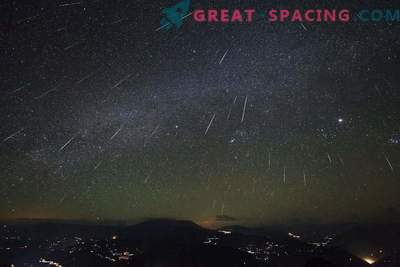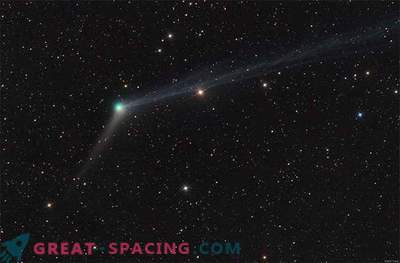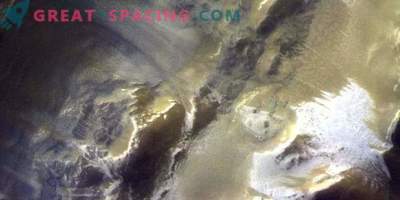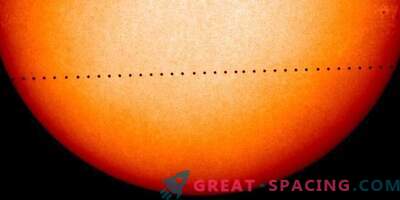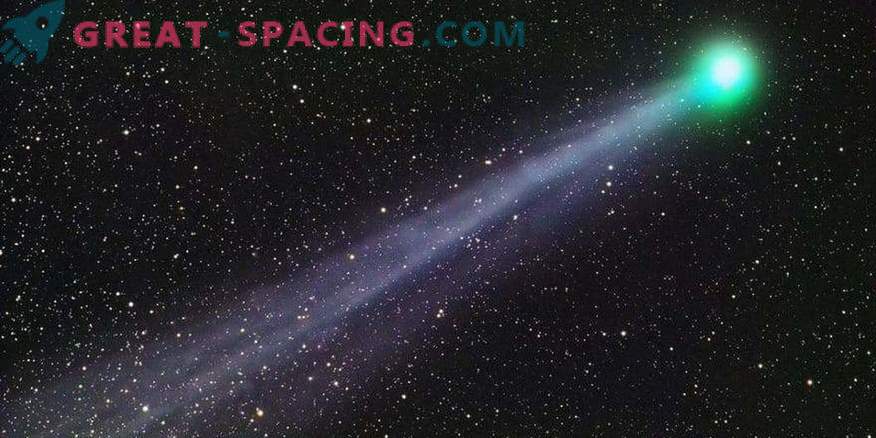
The Swift-Tattle Comet (109P / Swift-Tattle) is a giant ice comet with a 133-year orbital path around the Sun. This is also the reason for the formation of the annual Perseid meteor shower on Earth.
The picture shows a comet captured on April 4 (above) and April 6, 1892 (below) by Professor E. E. Barnard. Once a year, our planet passes through a part of the cometary tail - a cloud of particles ejected from a comet. Most of them were formed a thousand years. As tiny particles penetrate the earth’s atmosphere at extremely high speeds, they burn and create an amazing show — a meteor shower.

Swift-Tattle Comet
Every year from mid-July to late August, observers are able to admire burning cometary debris all over the sky. This year, the peak comes from the evening of August 12 until the morning of the 13th. The moon will enter a phase of the crescent, eliminating additional lighting. The sky will be perfectly dark for viewing the meteor shower. The comet was first noticed in 1862. The diameter of its core reaches 26 km, which is 2.5 times the size of the asteroid that destroyed the dinosaurs. In addition, she travels 4 times faster. The last perihelion for the comet (the closest point to the Sun) fell in 1992 and will be repeated on July 12, 2126.
Fortunately, scientists have calculated the movement of the comet for the next 2,000 years and guarantee 100% safety for the Earth. But a close collision is expected around September 15, 4479, when the comet is 1.6 million km away (90 times closer to the Earth-Sun distance and 4 times closer to the Moon).



